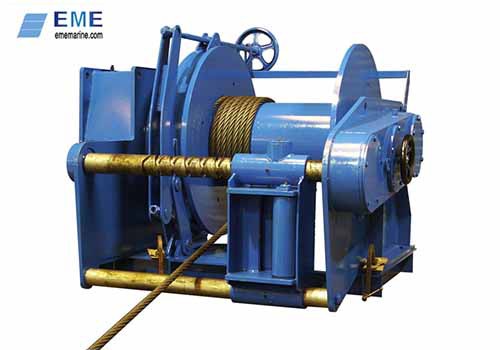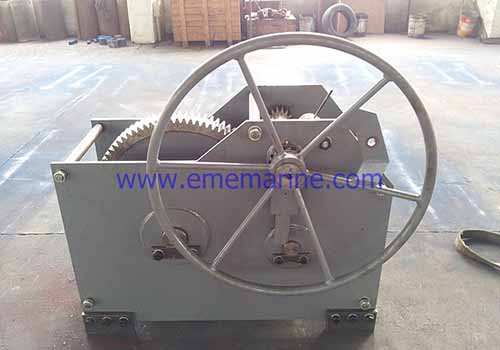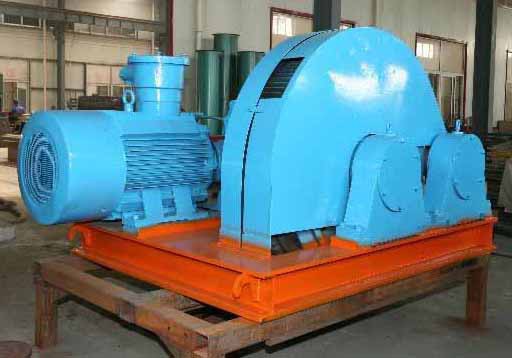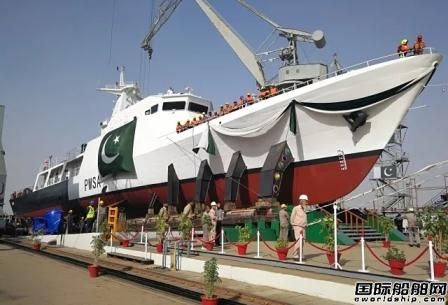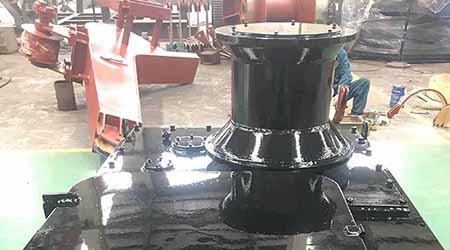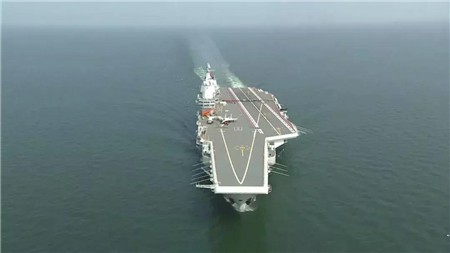
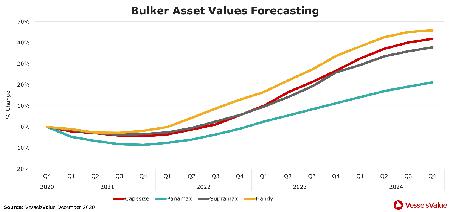
The latest quarterly forecast published by VesselsValue in association with ViaMar shows that the world economy is picking up, but less quickly and strongly than expected, and the shipping market remains cautious overall.
Overview
The new crown virus, trade wars and various uncertainties brought about by oil price fluctuations are factors that are still on everyone's mind.
Europe is introducing new measures to contain the epidemic, and the launch of the vaccination program may become a market "booster". The outlook for the future is clouded by the blocking or postponement of otherwise productive trade war negotiations.
Despite the recent increase in new orders for ships, especially in the container and tanker sectors, the overall global order book is declining, and the order book is likely to bottom out at the end of 2021.
With the increase in new shipbuilding orders, shipyard utilization rates have risen significantly. Underpinning this phenomenon is the financial support liberalized by central governments around the world to ensure the operation of economic activity and the demand for shipping in the wake of the epidemic.
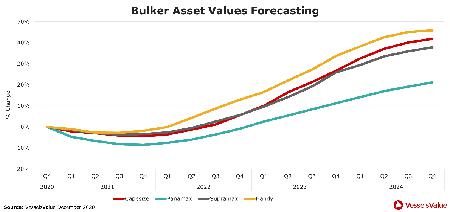
In the fourth quarter of 2020, Cape of Good Hope dry bulk charter rates first climbed to a quarterly peak of nearly $34,000/day in October before falling to a low level of around $10,000/day in mid-December.
In addition, China's coal procurement activity slowed sharply, both as import quotas were nearly met and as China took informal restrictions on coal imports from Australia.
Port congestion has also contributed to the volatility in earnings.
China's steel production is expected to grow around 5.5% next year and stabilize at around 3% in 2022-2023.
Regarding power coal, the challenges posed by the political situation to shipping may improve after 2021, when traditional trade lanes will be restored.
Due to regulatory uncertainty, newbuilding activity for dry bulk carriers has slowed significantly over the past few years and we do not expect business volumes to pick up until early 2022.
The current newbuilding order to fleet ratio is close to 6%, which is the lowest level since early 2002.
The phasing out of older converted very large ore carriers (VLOCs) has shaped the recent shipbreaking market, but as the market tightens, shipbreaking business is expected to decline.
The IMO greenhouse gas emission reduction targets expected to take effect in 2023 could have a significant impact on capacity availability.
We infer that charter rates will increase over the current forecast cycle. The average charter rate for Cape of Good Hope bulk carriers will reach USD 30,000/day by 2023.
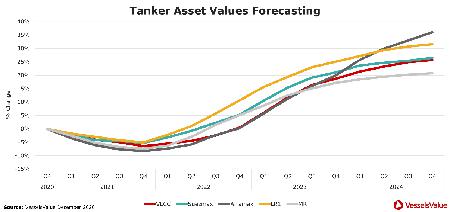
Tanker rentals fell sharply from the second to third quarters and remained low in the fourth quarter.
Oil-producing countries continue to face the challenge of low oil prices, especially the impact of low demand due to the New Crown epidemic pandemic.
Transportation and industrial demand in Eastern countries is approaching pre-epidemic levels, while Western countries are being impacted by escalating anti-epidemic measures that will likely continue into the new year.
Rental rates for crude oil and refined product tankers were slightly higher at the end of the quarter. Continued reductions in floating storage depot inventories have freed up tonnage, leading to multiple pressure on charter rates over the past quarter.
Tanker earnings have been subdued in the second half of 2020. We expect rates to improve in 2021, but may still face some challenges in the first half of the year; followed by continued strength in tanker rates in 2022 and 2023.
The IMO greenhouse gas reduction targets expected to take effect in 2023 could have a significant impact on capacity availability.
Our ton-nautical mile calculations show a decline in the total tanker market in 2020. However, strong growth should return in 2021 and 2022.
The rebound in this market is the result of the return to normal logistics following the New Crown outbreak and the subsequent growth in demand for transportation fuels.
The return of growth in industrial activity and consumer demand is the cornerstone of a positive economic development. Oil stocks, both offshore and onshore, have fallen from their high levels, and the threat to import demand has diminished accordingly.
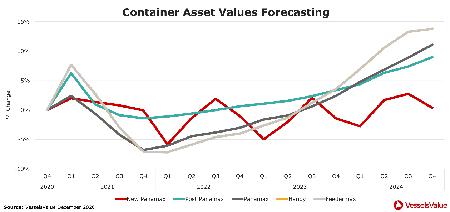
Container ship rates experienced an extraordinary recovery in the last quarter and are now at their highest level since 2015.
Record trans-Pacific volumes, strong growth in Asia and Europe, and terminal operators fretting over severe port congestion and heavy vessel pressure have all contributed to the sharp rise in rates.
Rates for ultra-Panamax vessels were up 20% in early December compared to the same period last year, while earnings for sub-Panamax/classical Panamax vessels were about 70% higher than in early December last year.
When the U.S. economy reopened this summer, its imports rose rapidly, due to a spike in online purchases by consumers during the outbreak and retailers aggressively replenishing their inventories to meet pent-up demand.
In Europe, rising demand for personal protective equipment, home office supplies, and pre-Brexit inventory preparation combined to drive the growth in trade.
Like the U.S., Europe's economic recovery has been hampered by lagging manufacturing development, but the EU's €750 billion recovery fund is expected to boost the economy in 2021, and the introduction of vaccines will be another layer of protection to support Europe's economic recovery.
Prior to the epidemic we had expected demand to grow by 2.5% in 2020. 2021 will see a recovery in the market, with TEU-nautical mile demand expected to grow by approximately 6.5%, compared to the 4% growth expected in 2022.
The recent increase in orders has led to deliveries of ultra-large container vessels (ULCVs) of nearly 600,000 TEU in 2023.
Total containership dismantling is about 0.5% of the fleet in 2020, but with increased earnings, dismantling activity is expected to decrease in 2021-2022. We expect ship dismantling to increase slightly in 2023 as new IMO greenhouse gas emission reduction regulations come into effect.
After the economic crisis in 2008, many older container ships were retrofitted with ship type optimization for low-speed voyages, and these ships are already compliant with IMO requirements.
Container ship capacity supply will increase in the next two years, but the fleet growth is lower than in 2020.
After a sharp rise in the current quarter, earnings of container ships are expected to weaken in 2021, while rapid growth will resume in 2022-23.
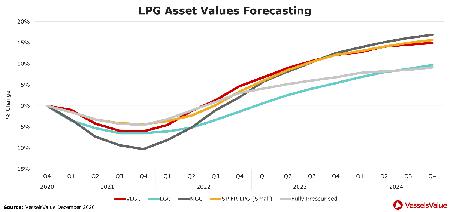
Very large liquefied petroleum gas (VLGC) vessels had a strong quarter with earnings of $2.5 million, driven by an increase of about 10.5% in U.S. exports, mainly to Asia. Rising delays in the Panama Canal also lent support to earnings.
Rising crude oil prices once again made LPG a more attractive petrochemical feedstock replenishment, with European LPG imports rising this fall after a sluggish summer.
In addition, increased ammonia production in Algeria and Trinidad supported demand for ammonia shipments on gas ships.
Despite the hurricanes, U.S. ethylene exports surged in the fourth quarter.
European butadiene exports were weak due to increased industrial activity in Europe. Earnings for handysize vessels remained at approximately $650,000/month, while 10,000 cubic meter liquefied petroleum gas/ethylene (LPG/E) vessels earned approximately $425,000/month.
Propane fueled main engines have become the new favorite for very large liquefied gas carriers (VLGC) and medium-sized liquefied gas carriers (MGC) newbuilding vessels.
As the world recovers from the epidemic in 2021 and oil production in the Middle East increases, more exports of LPG are expected. U.S. LPG exports are expected to be flat in 2021 and rise again in 2022 and 2023.
Trade growth for very large liquid gas carriers (VLGCs) looks to be somewhat weaker in 2021, but will likely grow with a steady increase in the fleet.
In addition to LPG, large liquid gas carriers (LGCs) and MGCs are likely to provide more support to the expanding ammonia trade. Higher crude oil prices will stimulate the use of LPG as a feedstock for ethylene production in Europe and Asia.
Demand for petrochemical gas shipments is expected to remain high as the U.S. continues to export (mainly to Asia) ethylene, and as propylene trade recovers (also likely from the Atlantic market).
Shipbreaking activity is expected to level off in the near term, with new vessel construction activity expected to pick up from 2022 onwards.
